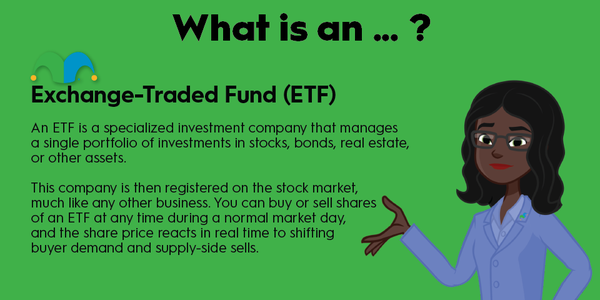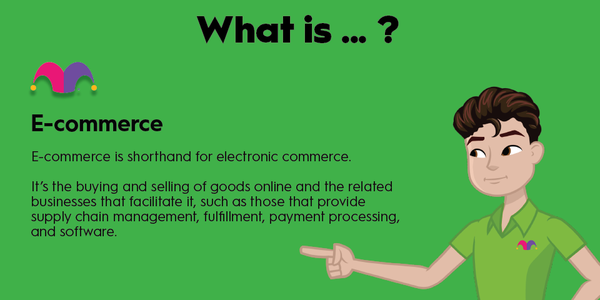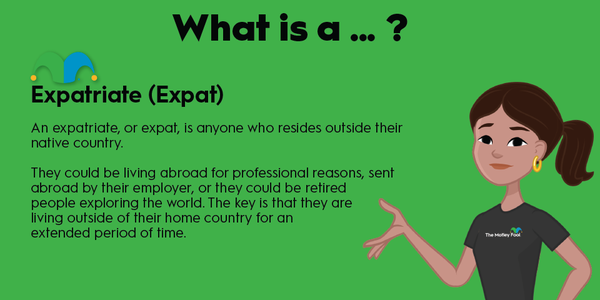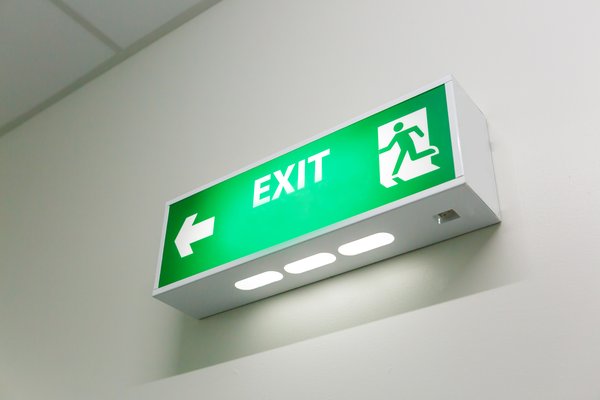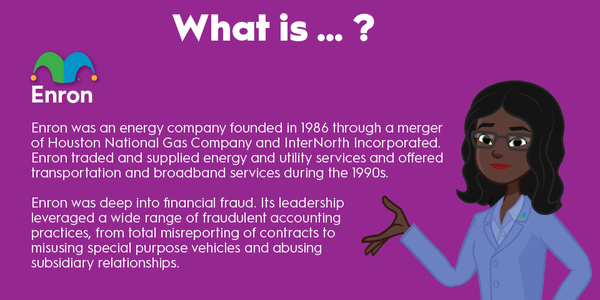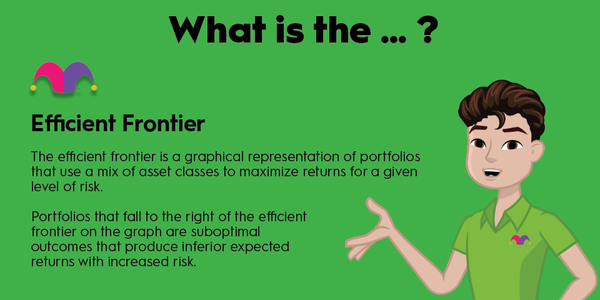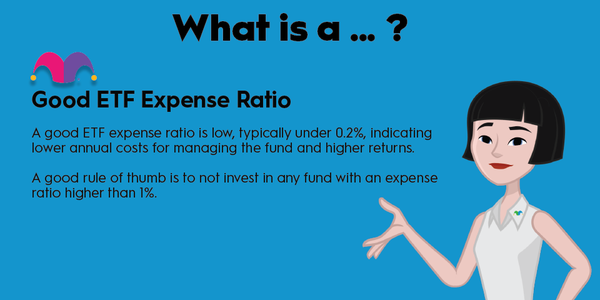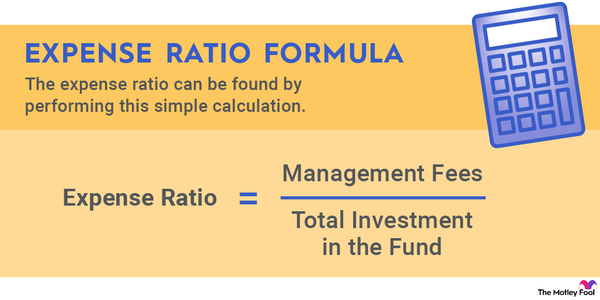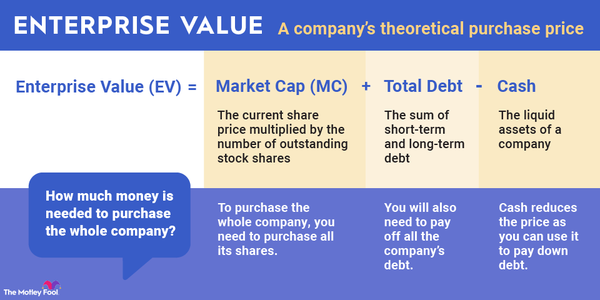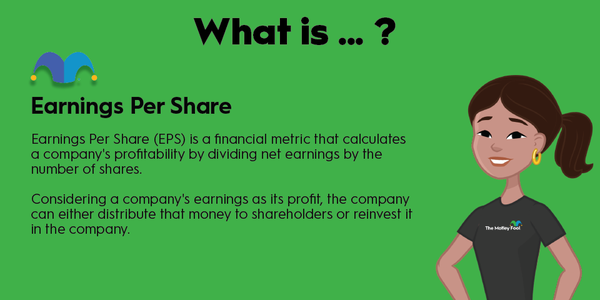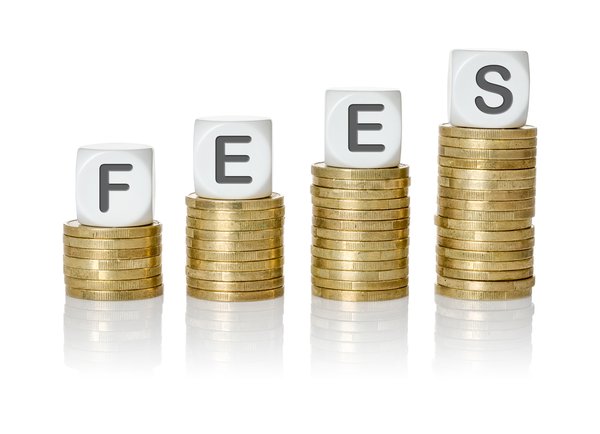It’s said that “cash is king,” but employee benefits can often be an important part of overall compensation packages for workers. Some benefits can wind up being even better than cash. Employee stock ownership plans (ESOPs) are a benefit that can be particularly advantageous for companies, owners, and employees.
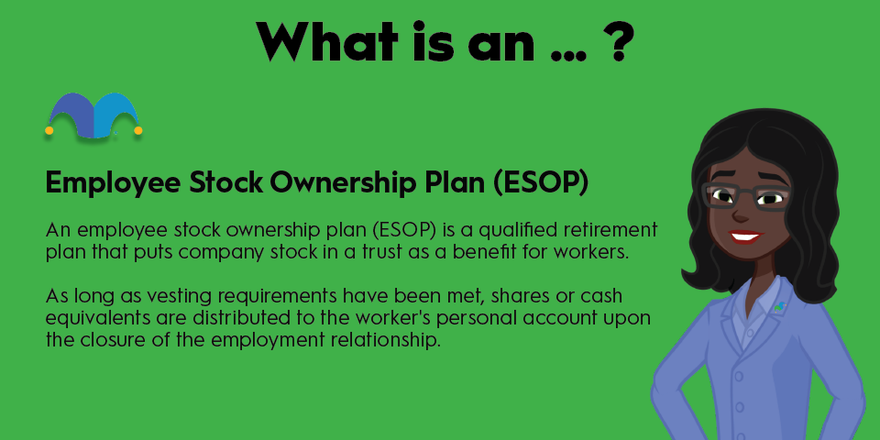
What is an ESOP?
What is an employee stock ownership plan?
An employee stock ownership plan (ESOP) is a qualified retirement plan that puts company stock in a trust as a benefit for workers. As long as vesting requirements have been met, shares or cash equivalents are distributed to the worker's personal account upon the closure of the employment relationship. For business owners looking at succession planning, selling to an ESOP can also be a way to quickly find a buyer and close a transaction, transition ownership to workers, and take advantage of tax benefits.
How do they work?
How do ESOPs work?
In an employee stock ownership plan, the employer puts company stock (or cash to buy stock) into a trust fund for a worker as a benefit. After the contribution plan requirements have been met, the shares become vested, which means that the employee has earned the shares as a bonus. An employee never holds the stock directly while still working for the company, but the stock (or the value of the stock) is contributed to their account after the employment relationship ends.
In most cases, shares do not vest until a certain amount of employment time has been fulfilled. Even if the full amount of employment time or performance metrics of the vesting schedule have not been reached, the worker may still receive part of the benefit. In other words, the initial stock benefit outlined in the plan would be partially vested. But ESOPs can also use all-or-nothing vesting schedules, and shares will not be earned or distributed unless the full employment conditions have been satisfied.
When an employee's ESOP is distributed, he or she may either receive the market value of the shares, keep the shares, or take some combination of cash and shares, depending on how the plan is structured. This differs from the profit-sharing benefit structure, where employees receive a percentage of a business’s net profits or stock-option benefits that give the holder the right to buy shares at a designated price within a certain period of time.
Benefits
What are the benefits of an ESOP?
Employee stock ownership plans create incentives for workers to grow with the business. When the company does well, the employee’s vested equity position appreciates in value. This dynamic can help foster high levels of worker performance and workforce retention.
For business owners, ESOPs can be an attractive exit strategy that provides flexibility and also rewards employees. Owners may be able to sell their businesses faster and more simply through an ESOP than through other avenues, and they also offer the ability to sell the business gradually. If certain qualifications are met, owners may also be able to defer substantial capital gains taxes or reduce overall tax liability on the sale.
Employee stock ownership plans also come with tax benefits for both the company and the employee. ESOPs are structured as trust funds, and the contribution of new shares or cash to the fund is tax-deductible for the company. S-corporations, which are businesses that pass corporate income, losses, deductions, and credits along to shareholders, can even avoid income taxes if they are fully owned by an ESOP.
Additionally, employees only pay taxes on shares they’ve accumulated through an ESOP when the stock is distributed. Capital appreciation on the stock at the time of distribution is taxed as capital gains rather than income, and distributions from an ESOP can be rolled into IRAs and other retirement plans to avoid penalties if the recipient is below retirement age or for other tax advantages.
In the event of poor business performance, unfavorable valuation trends, or stock dilution, the value of shares in an ESOP can decline dramatically.
Downsides
What are the potential downsides of an ESOP?
ESOPs can be beneficial for workers and shareholders at large, but there can be downsides as well. In the event of poor business performance, unfavorable valuation trends, or stock dilution, the value of shares in an ESOP can decline dramatically.
While selling to an ESOP can make things simpler for business owners in some respects, it also comes with its own unique set of complexities. Businesses will need to have a board of directors and independent fiduciary agents and advisors in order to complete the sale and continue to oversee the plan. As a result, selling to an ESOP can often come with higher costs and administrative requirements.
Another potential downside for business owners looking to sell their companies to an ESOP is that the sale price will be limited to fair market value. Due to their special tax and regulatory statuses, sales to ESOPs are required to take place at fair market value, which is determined by independent valuation experts. While this isn't necessarily a downside and could even be a positive, it's possible that a third-party buyer would be willing to pay a higher rate.
Example
An example of ESOPs in action
Although most ESOPs constitute minority ownership positions, the majority of Publix is held by the grocery chain’s employee stock ownership trust. The private company is the largest employee-owned business in the U.S. and one of the country’s top 10 largest grocery businesses by sales volume.
Publix was founded in 1930 and started its employee stock ownership plan in 1959. Not only does the company employ more than 240,000 people, but it also boasts net margins that are the envy of its rivals in the retail grocery industry.

